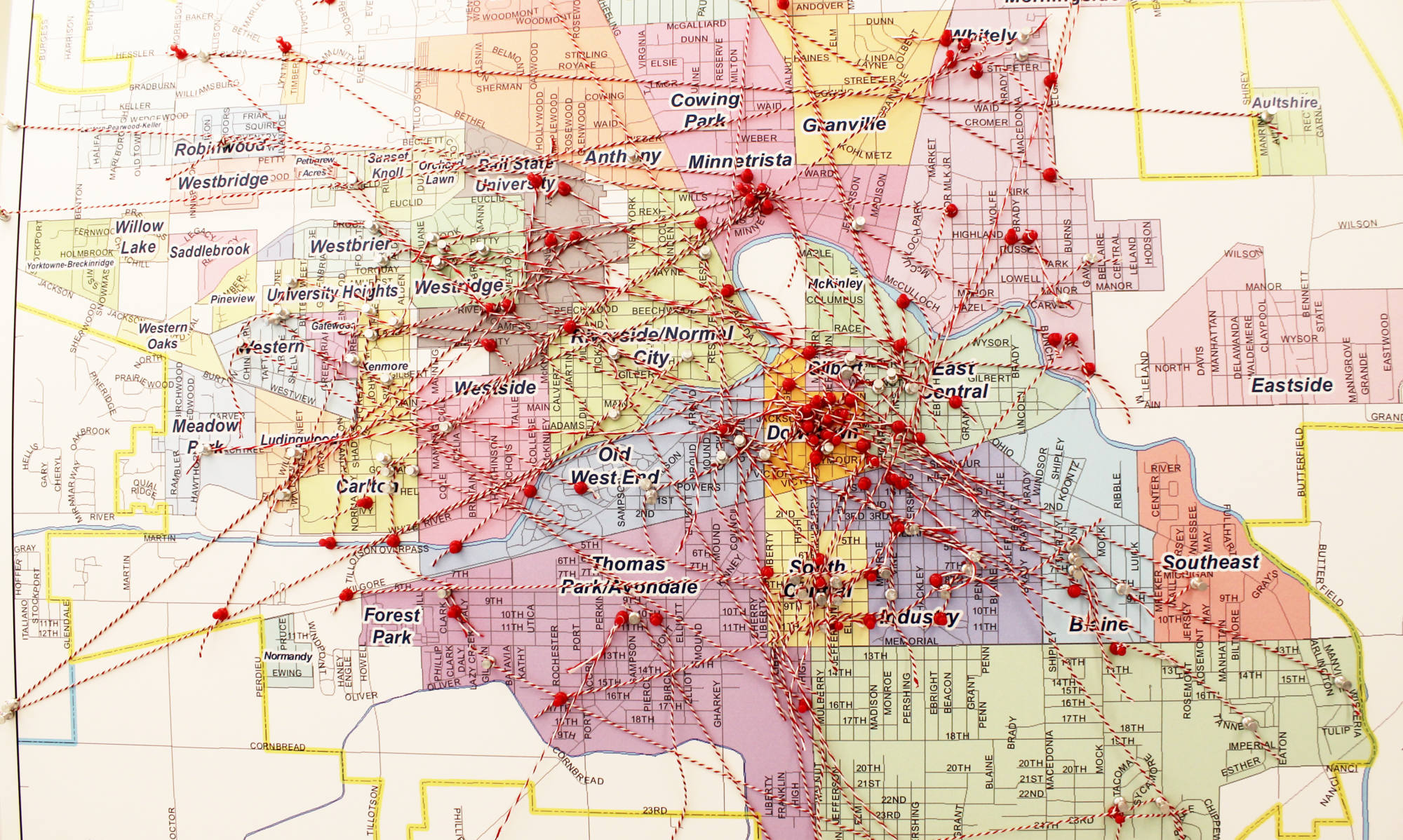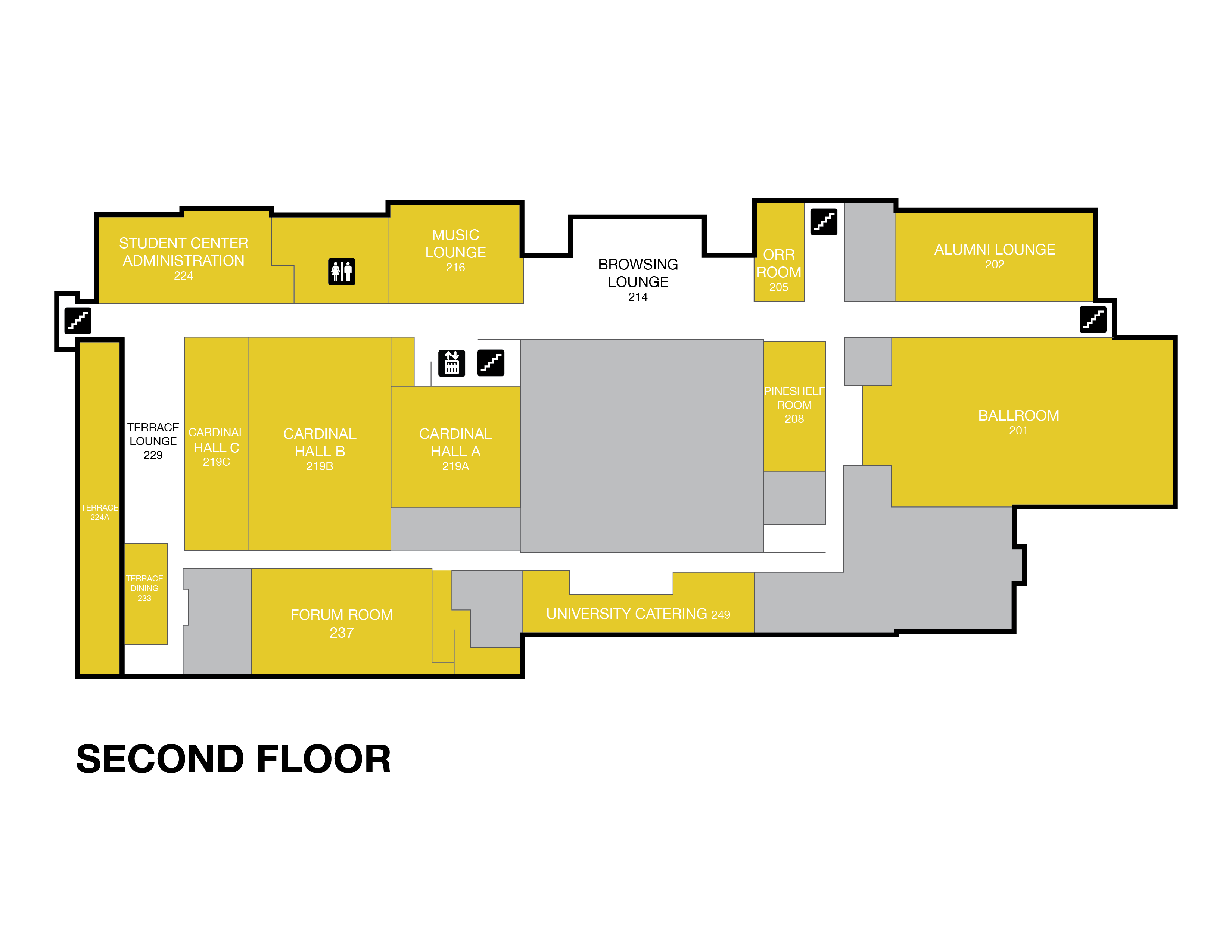2024 IDEA Conference “Dressed to the Nines” Tracks, Breakout Sessions, & Resources
- Tracks and Breakout Sessions
- Student Center Map
- 2023 Tracks and Breakout Sessions | Download (pdf)
- ARP Update Keynote Presentation (pdf)
- Solar Eclipse Presentation (pdf)
Getting Connected | CARDINAL HALL A
10:00: | Cradle to Career | Presentation (pdf) |
| Presenter: Kelsey Harrington & Kortney Zimmerman Cradle to Career Muncie is a collective impact initiative aimed at overcoming generational poverty in our community by raising the level of educational attainment to better equip and link neighbors to careers with good, living incomes. We are working together to build a brighter future for our children and their community. Cradle to Career Muncie needs you! Come learn more about this local initiative. In collaboration, we can all work together to improve educational outcomes and create a system that ensures prosperity for all individuals and families. | |
11:00: | AI: What is it and how it can help you | Presentation (pdf) |
| Presenter: Amanda Collins, April Lemen, Daniel May, and Stephen Turbe In this workshop, we will share the history behind AI, how we use it currently, and what it might be able to do for us in the future. A demonstration will be provided. | |
1:00: | Community Solar | Materials 1 2 3 |
| Presenters: Robert Koester An overview of the potential impact and detailed implementation of community-scale solar installations. |
Neighborhood Association Essentials | FORUM ROOM
10:00: | Building a Relationship with Elected Officials |
| Presenter: Cindy Peters This presentation will build on our 2023 presentation encouraging Civic Engagement. It will focus on what individuals and neighborhood groups can do to develop a mutually beneficial back-and-forth with both those in office and those who are running for elected office. It will focus on holding small group meetings, learning the names, locations, and contact information for local and state officials, how to prepare for the meeting and how to handle asking questions. We will show participants how to use Vote411.org and other online resources to research issues and candidates’ responses to those issues. | |
11:00: | How to Run a Meeting |
| Presenters: Mitch Isaacs Meetings are an inescapable part of conducting business and impacting communities. Yet, despite their essential function, many meetings are poorly run and lead to no actionable result. This in-person workshop will provide practical tools for mastering group meetings. | |
1:00: | Cross-Generational Communication | 1 2 3 (pdf) |
| Presenter: Maggey Parker This training will allow you to grow in your ability to interact with differing generations present in your organization. We will be deep-diving into how to conduct those conversations and adjust messages based on the audience you’re speaking to. |
Inclusive Community Engagement | CARDINAL HALL B
Developing Community Infrastructure | PINESHELF ROOM
10:00: | Building a Learning Cities Culture: The Muncie Community and Lifelong Learning | Presentation (pdf) |
| Presenters: Michelle Glowacki-Dudka & Ramo Lordeni The Learning Cities Initiative was developed to address the social, economic, and political norms are drastically transforming and continuously be reimagined. Despite all the good work over the last 20+ years the wealth and education gaps continue to widen. Community organizations and stakeholders can draw upon the community’s history, local culture, and indigenous ways of knowing to understand strengths and bring people together. This session will provide practical ideas and hands-on skills to strengthen community-building skills and lifelong learning culture that would improve the health of Muncie’s diverse and unique neighborhoods. The session participants will be invited to form small groups representing the core team of community members and stakeholders. Through a simulation of the learning city process, they will learn to conduct the initial development steps: planning and involvement. First, they will consider the planning process and decide who to involve in the process. Next, they will use roles to explore the challenges to planning, and how can they create a coordinated structure involving all stakeholders. The simulation will use arts-based activities for community members to express their stories in unique and collective ways. Session participants will develop strategies for an art-based approach for building a lifelong learning culture. | |
11:00: | Building Civic Infrastructure |
| Presenter: John West What does the next level of effective, fun, and meaningful participation with local government in Muncie look like? The session will reflect on the recent Muncie presentation of CivicLex, a “Lexington, KY-based nonprofit civic education & media organization that brings daylight to the issues, policies, and procedures.” On February 19th 2023, the director of CivicLex came and described the work that they do to make local government accessible and legible. This session will consider how our existing neighborhood and community activities might support more information and support for civic engagement with local government. | |
1:00: | Ignite Generosity: Unveiling Philanthropy’s Role in Strengthening Our Community | Presentation (pdf) |
| Presenters: Kallie Sulanke “Ignite Generosity” shines a light on the transformative power of community philanthropy, recognizing the value each individual brings. This dynamic session explores how acts of giving, both big and small, can create a ripple effect throughout our community. Through real-world examples and insightful discussions, we’ll navigate the philanthropic landscape, emphasizing the unique opportunity each person has to make a meaningful impact. Join us in this inspirational exploration, that that focuses on individual acts of generosity, when tended collectively, grow and spark action in the community. Together, let’s cultivate a community where the flame of generosity continues to burn bright, illuminating the path toward trust and lasting change. |

